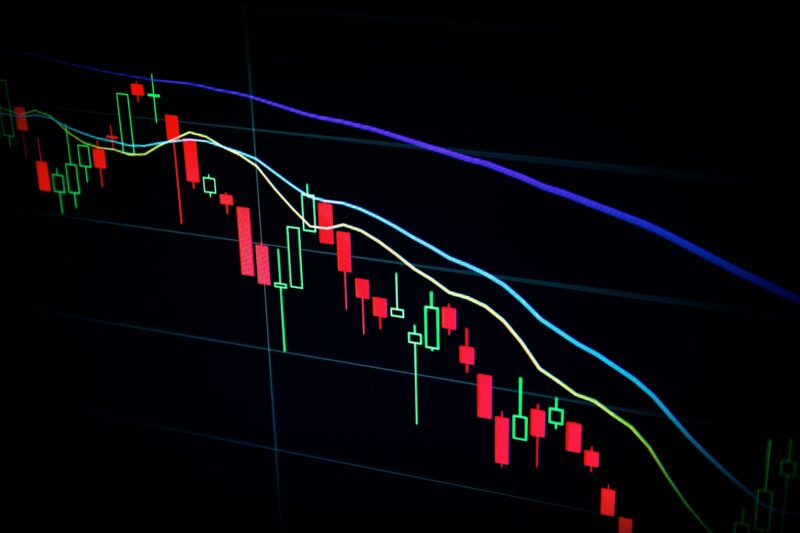The private Caixin PMI indicator for the Chinese economy, released this morning, has risen to 50.8 points. This implies that factory activity in China has increased, partly due to a greater number of new orders. However, business confidence for 2024 remains subdued. The last session on Wall Street ended with moderate declines. The SP500 lost nearly 0.3 percent and the Nasdaq Composite dropped more than 0.5 percent. The EUR/USD rate is undergoing a technical correction and is depreciating to 1.1030. Crude oil has gained since the morning. WTI is up over 1.5 percent and is approaching the $73 per barrel level.
The Caixin/S&P Global PMI index for the manufacturing industry rose to 50.8 at the end of 2023, up from 50.7 in November, marking the best result in four months. This figure exceeded analysts’ forecasts, which were hovering around the 50.4 mark. The manufacturing sector was under pressure from weak demand in 2023, and the slowdown in the real estate market, geopolitical factors, and limited consumer spending weighed on the post-pandemic recovery.
Chinese policymakers pledged at the end of last year to adjust their policies to support economic recovery in 2024. The market is waiting for further stimulus measures.
The Caixin PMI index for the manufacturing industry contrasts with the official results published on Sunday. The data showed that manufacturing activity contracted at a faster pace and more than expected in December. However, the services were slightly stronger than the previous month, and the index went up from 50.2 points to 50.4 points.
Lower demand caused factories to reduce employment for the fourth consecutive month, marking the fastest pace since May. Although production costs continued to rise at the end of the year, the inflation rate fell to its lowest level in several months (-0.5 percent) in November, indicating a drop in prices. Not only are consumer prices falling, but producer prices also decreased compared to last year, as indicated by the PPI index (-3 percent).
On Wall Street, the Friday session ended with moderate declines. Of the three main benchmarks, the Nasdaq Composite suffered the biggest loss, falling by 0.56 percent. In Europe, we saw slight increases, with the DAX ending the year with a +0.3 percent result. The foreign exchange market had a quiet trading day. The exchange rate for the main currency pair decreased for the second day in a row, reaching lows this morning at 1.1020.
Today, the focus will be on the final PMI readings for the manufacturing sector in Europe, and similar data will be presented by the United States in the afternoon. However, the most important publication this week will be the US labor market report on Friday, which will provide insight into its condition in December.
Łukasz Zembik Oanda TMS Brokers
